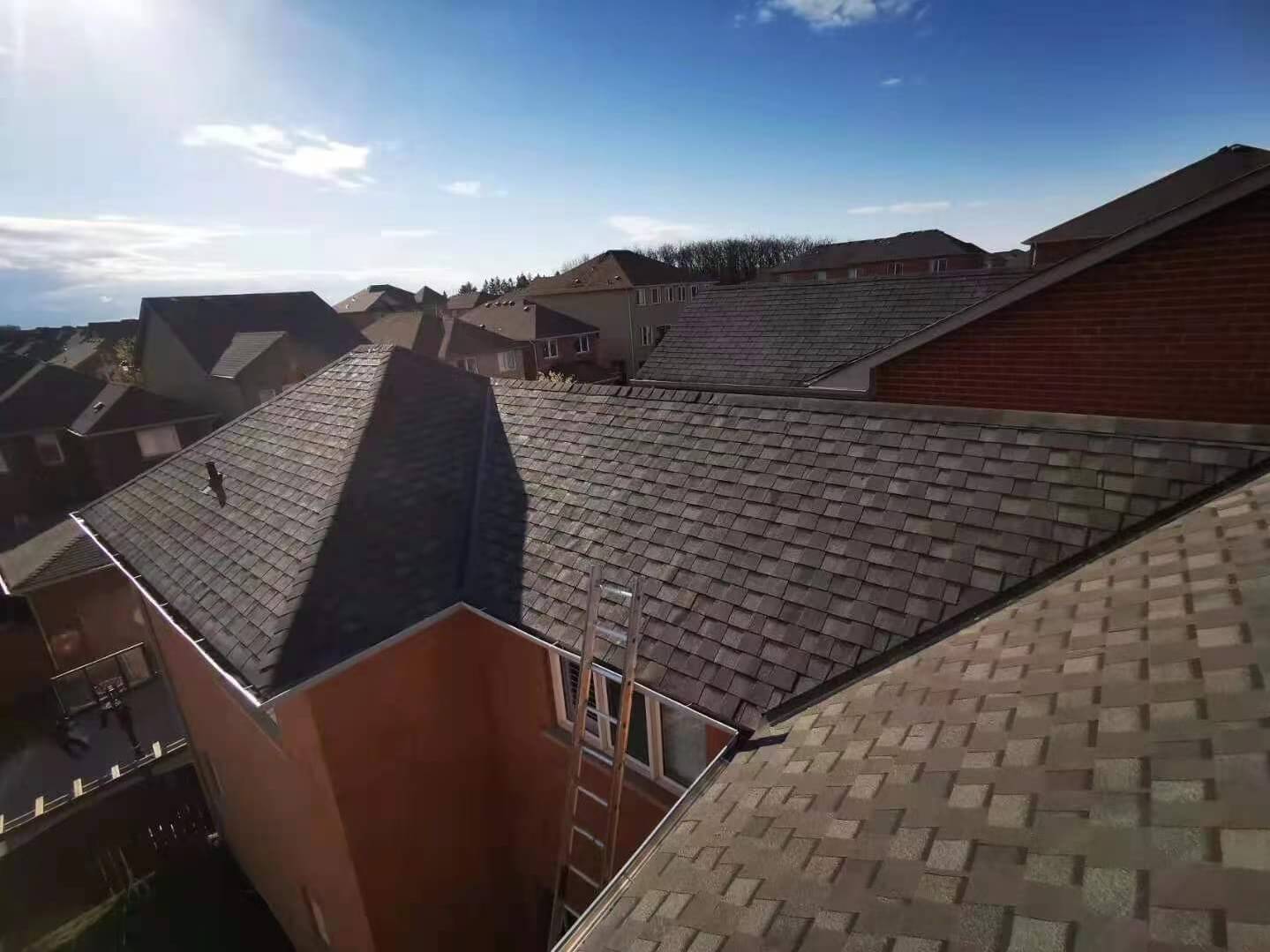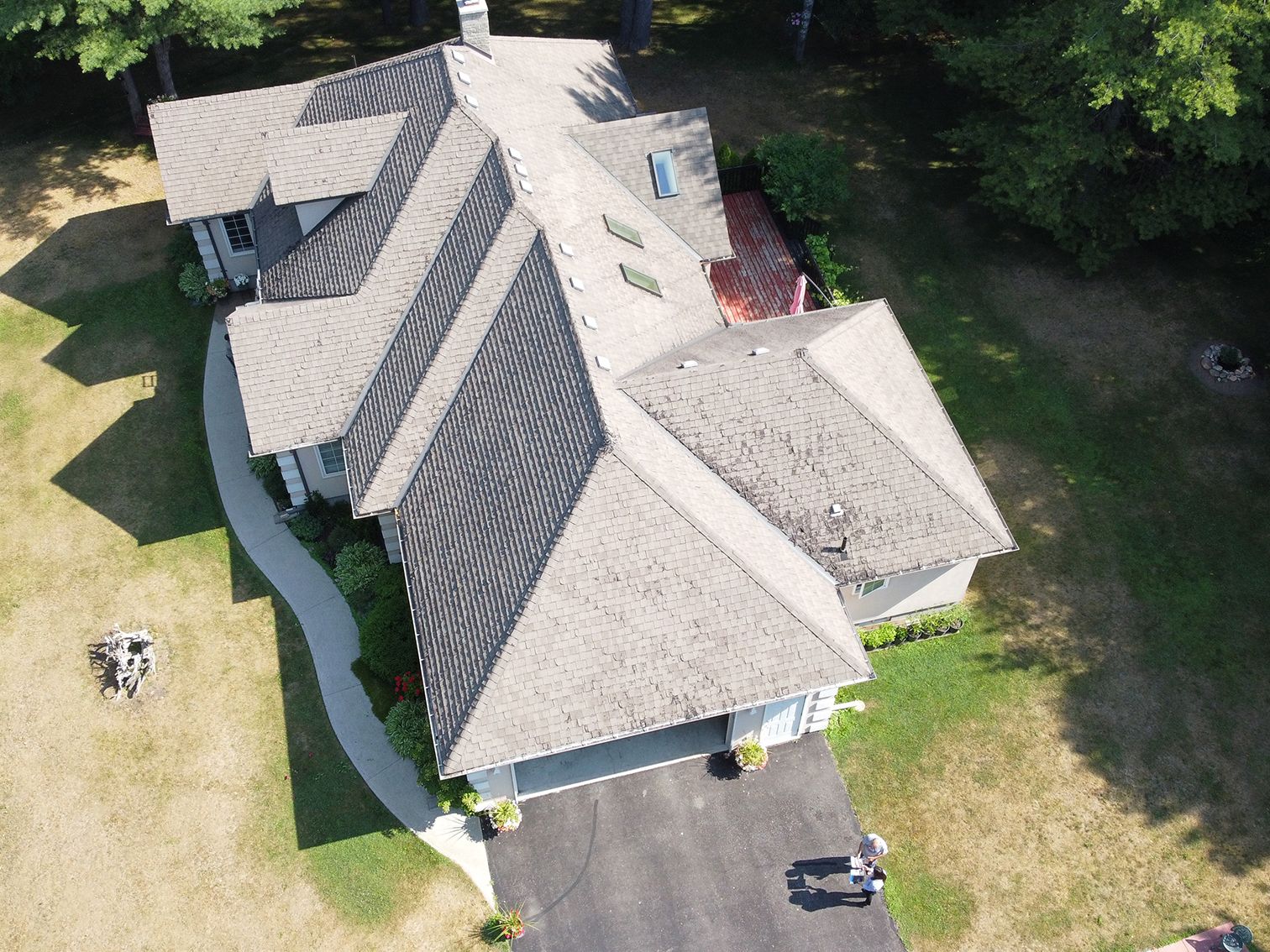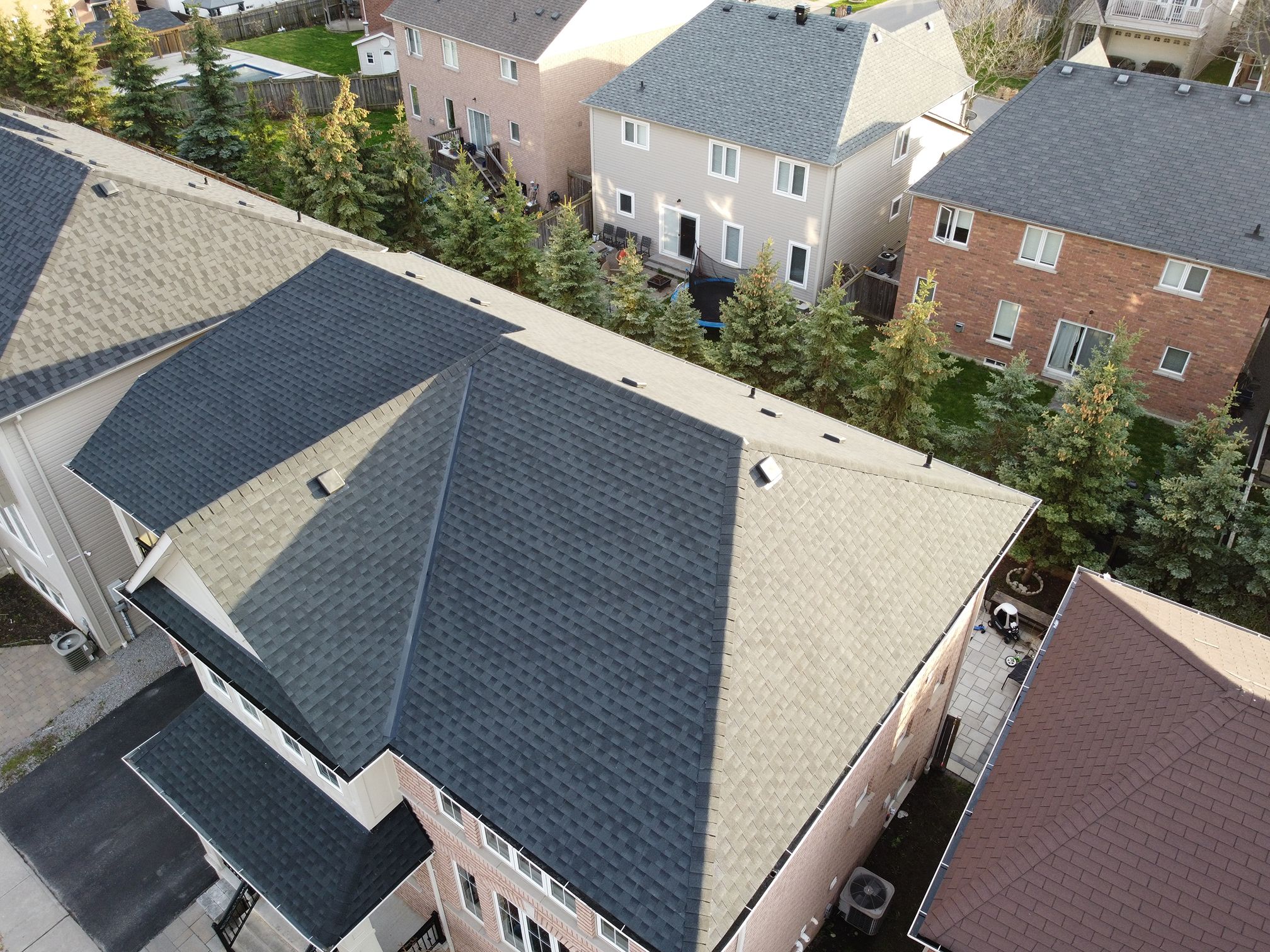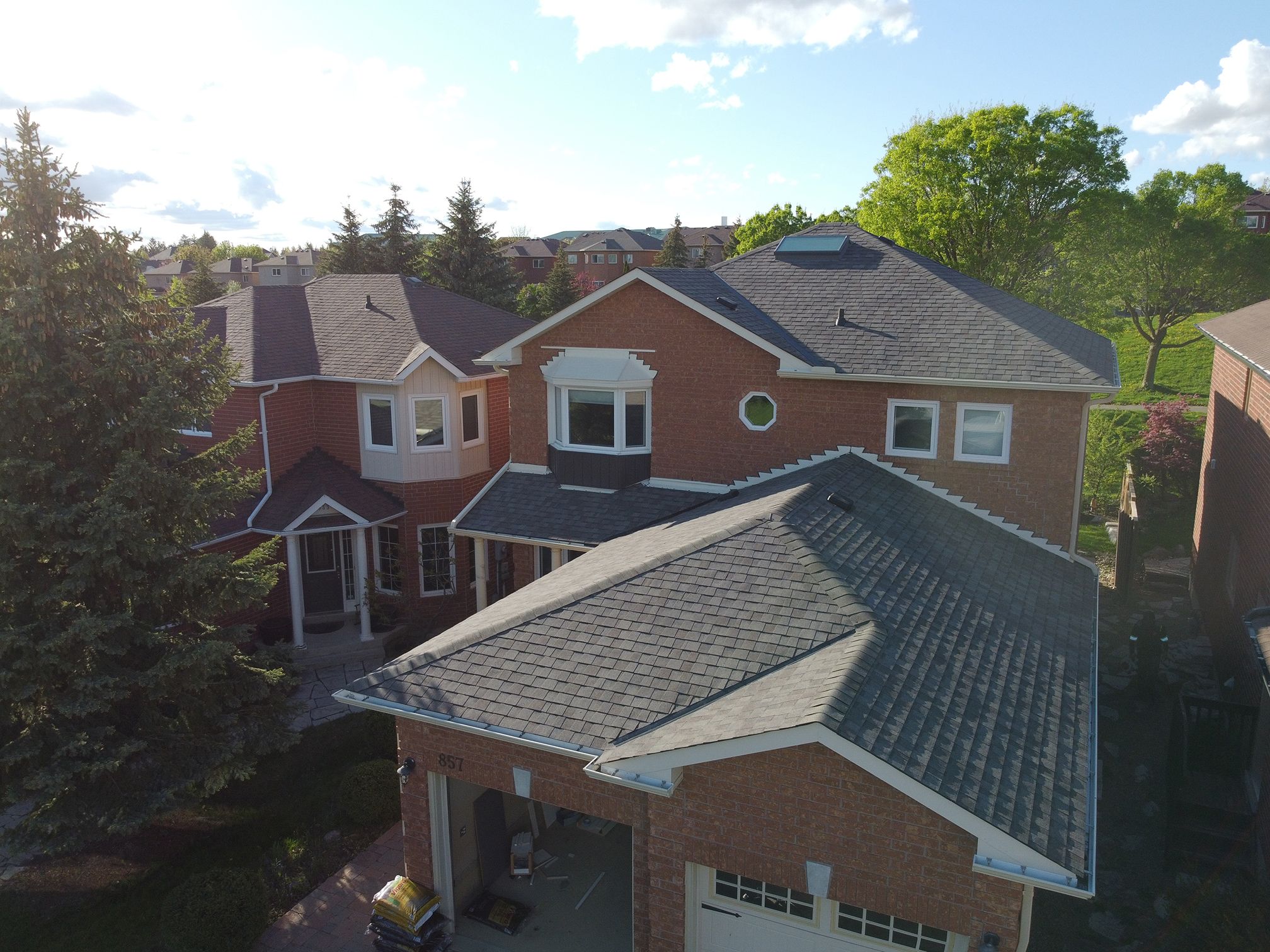Whether you’ve hired a professional or plan to install a roof yourself, understanding the roof installation process and steps involved will help you ensure your new roof is properly installed. The following are the specific steps Vista Roofing introduces to you to decorate the roof.
It’s always smart to get roofing price quotes from at least four pre screened and licensed roof repair & installation professionals before starting your project in order to get the best price. Use our roof replacement costs calculator below to help you get an idea of your roofing installation cost and talk to local contractors.
If you know what to expect with your roof installation you can have a better understanding of what the process is. Heres a breakdown of what will happen when your roofing contractor comes to install or replace your roof.
1. Remove the Old Roofing
The old roofing will probably have to be removed before the new roofing material is put in place. Many people will install multiple layers of roofing over top one another to save time; but adding too many layers (i.e., asphalt shingles) can lead to premature failure in the roof. The old roof should be stopped down to the sheathing, and rebuilt.
2. Evaluate the Roof
After removing the old roof, evaluate the sheathing. Roof sheathing is made up of flat panels that provide structural support and a base on which roofing materials, like shingles, are attached. Look for any moist areas or trouble spots that will have to be replaced.
3. Protect Against Ice
If you live in an area that’s prone to ice for even part of the year, it’s important to install an ice and water barrier around your roof. This product goes on around the edges of the roof, but especially at the very bottom edge that is most prone to the buildup of ice. This sticky underlayment adheres to the roof sheathing, then nailed down for added strength and stability with roofing nails.
4. Put on the Drip Edge
The drip edge for the roofing goes down in two different parts of the roof installation. For the lower part of the roof it goes on before the underlayment, for the sides of the roof it goes on after. First, install the metal drip edge along the bottom edge of your home over top of the ice and water barrier. Nail it into place flat against the roof.
After you get the roof underlayment installed on your home you have to go over that with drip edge on the sides the same way that you did at the bottom. This prevents water from running over the edge of the siding and then back underneath it.
5. Roofing Underlayment Installation
Roof underlayment, whether felt paper or synthetic, is saturated in water resistant materials and comes in two thicknesses, 15# and 30#. The 30# underlayment is twice as durable as the 15#, but the synthetic products are much more durable than either felt paper option. If you are looking for the most effective way to protect your roof besides for the roofing itself, invest in the more expensive synthetic underlayment, it’s the most convenient and durable option.
Roll the underlayment along the edge of the roof and secure it in place using cap roof nails every four inches along the outside edges and around eight inches in the center. These cap nails should not go through the drip edge, but instead just above it.
Roll out one row of roofing underlayment after another securing it all down with roofing cap nails making sure to overlap the lower row by at least six inches with the next row. Overlap the underlayment sections up to the peak of the roof and then install a row straddling the peak so that the underlayment caps off both sides of the roof at the same time.
Now that you know what goes into the roof installation process for a basic asphalt shingle or metal roof, you can decide if you want to do the work yourself or to pay a roof contractor to take care of it for you instead. Vista Roofing also offers expedited same-day repairs for GTA houses, click on "Contact Us" in the menu above or "Send us a message" on the right to learn more.
Source: Modernize



